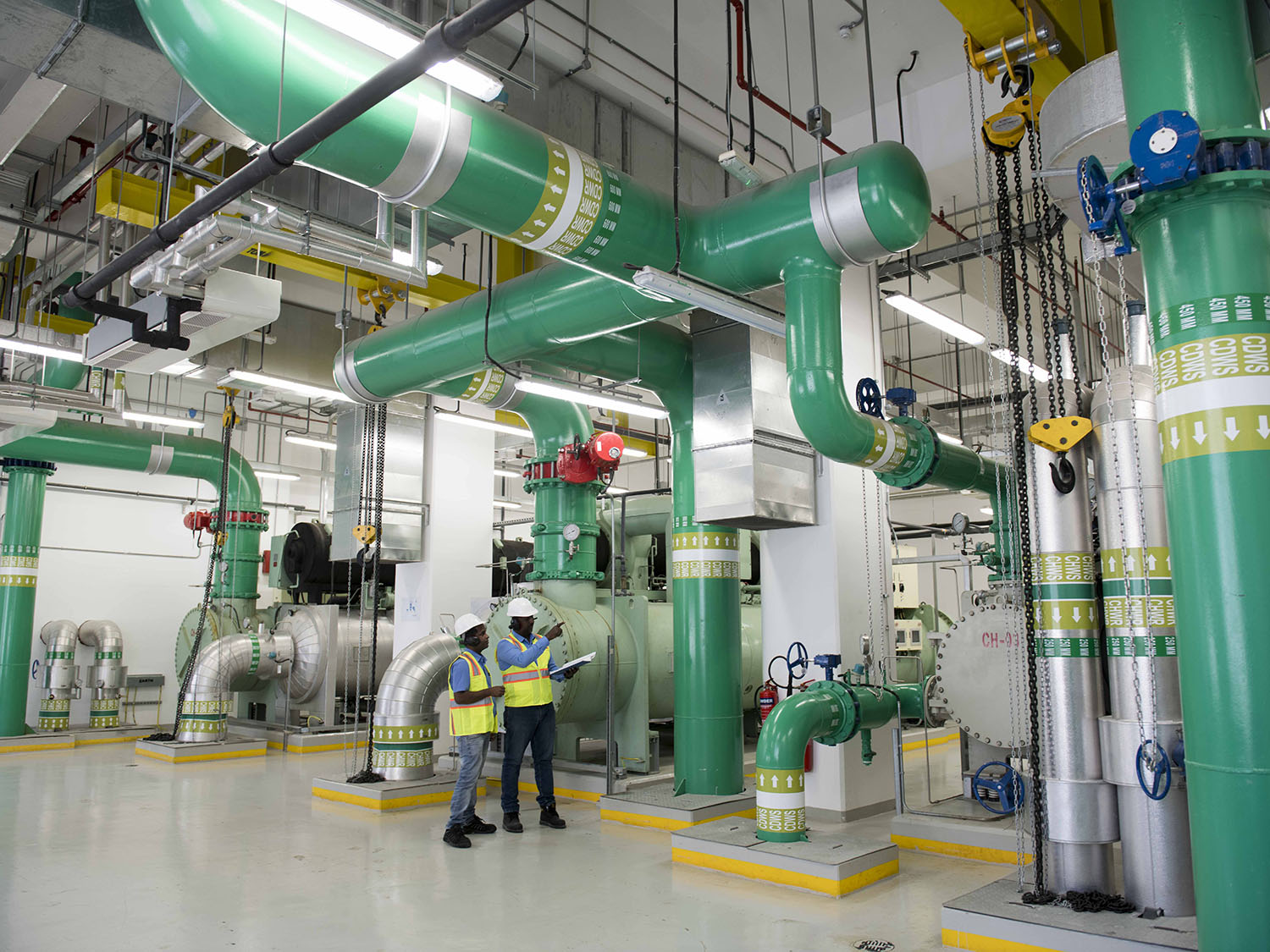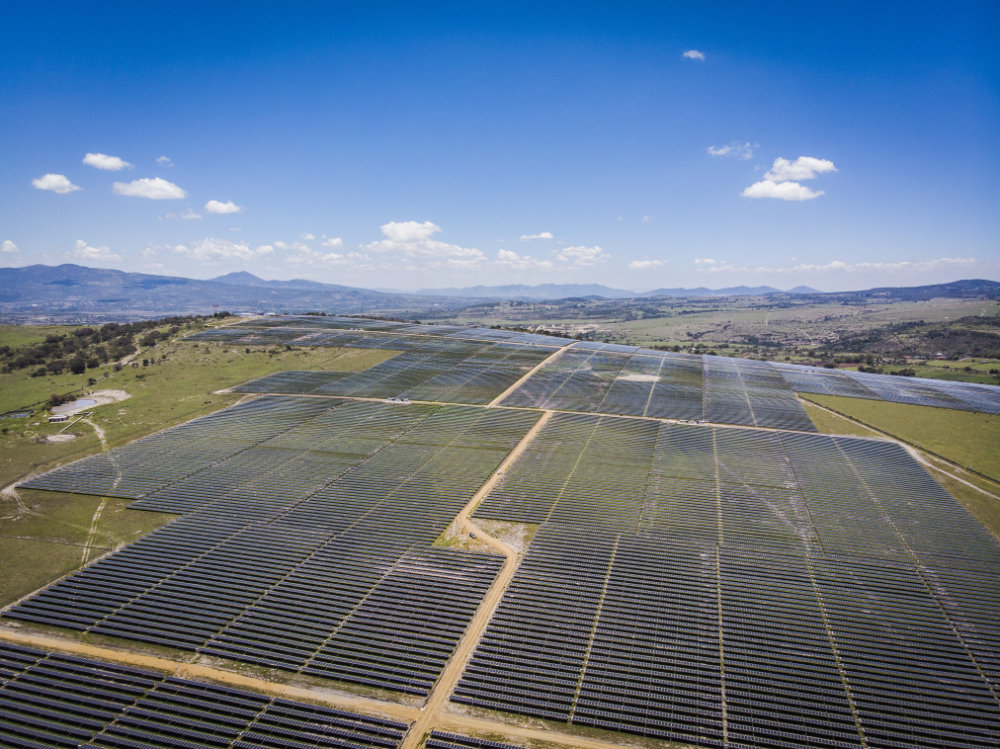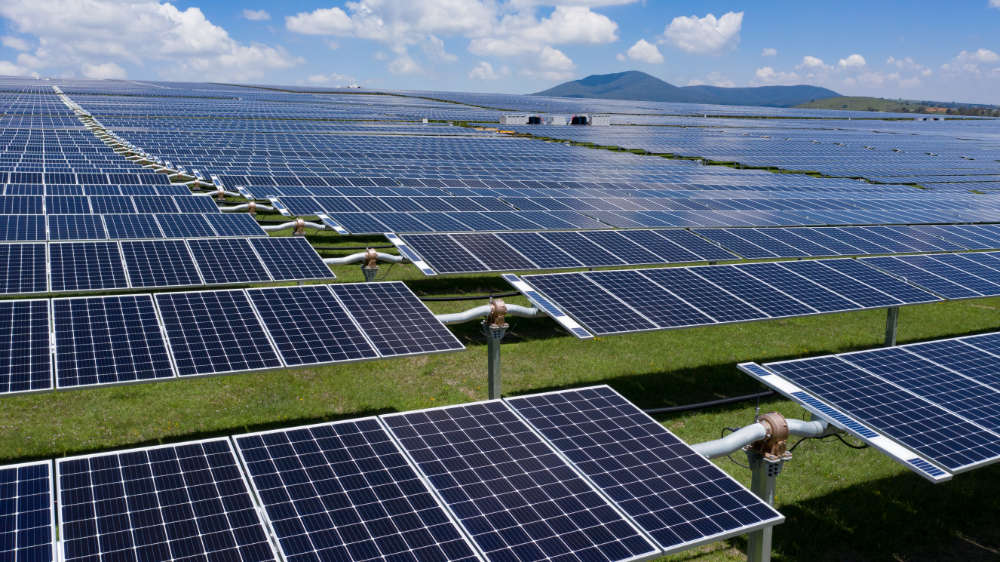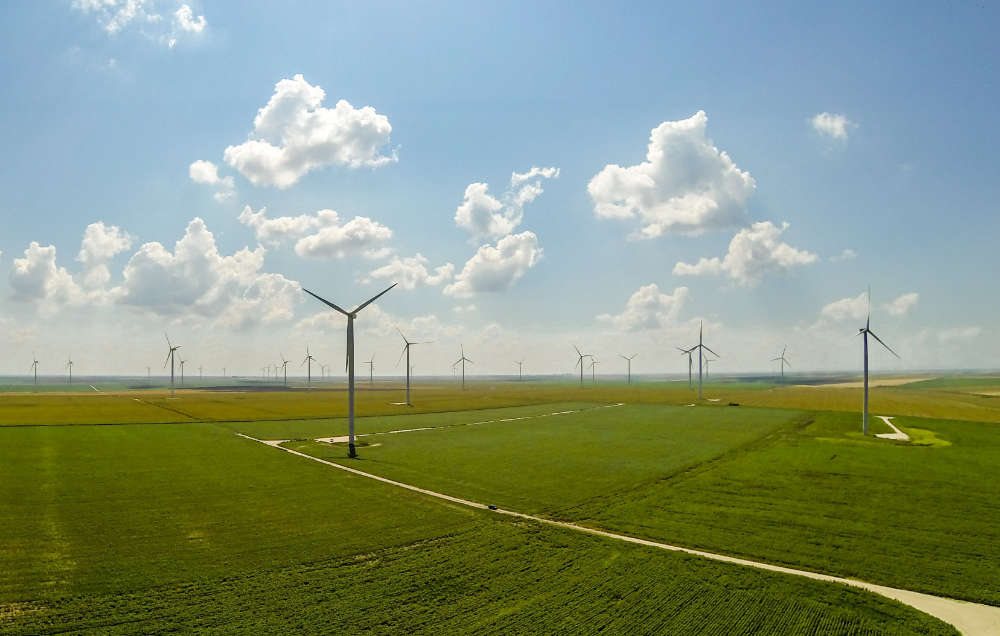Like many of the Latin American power sector reforms of the 1990s, accelerated by crumbling infrastructure and countrywide blackouts, pension reforms in the region were also born from crisis. Mexico is the most obvious example. After the inflationary 1980s, the fiscal cost of the legacy pay-as-you-go system became clearly unsustainable. But it wasn’t until after the 1994 Tequila crisis that policymakers sprang to action. In 1997, Mexico began a structural transition towards defined-contribution schemes, with a private administration of funds, the Afores. This was marketed to Mexican savers as an opportunity to take control and ownership of their financial future, a feeling sought out by many after a decade of market volatility and inflation.
In its 20+ years of existence, the Mexican pension system has amassed over $180 billion of assets (15+% of GDP) from the savings of over 50 million Mexicans. This has deepened the local capital markets and fostered the emergence of a local institutional investor class. While at inception this funding was targeted mainly towards sovereign fixed income, AFORES have increasingly expanded their portfolios, allocating to and helping foster the capital markets for Mexican equities, REITS, alternatives, and corporate debt. This growing pool of capital (c.7.5% CAGR expected over next decade) has become a steady source of demand for Mexican paper and a stabiliser of portfolio flows at a macro level.
However, as in many markets, the pension reform process is ever-evolving. Pension coverage levels are far from ideal, and most of the labour force is without any old-age protection. The high level of informality in the Mexican economy, as well as limited financial literacy and retirement planning, are the main culprits. Increasing life expectancy, lower birth rates, and unfunded commitments also remain key issues. Not surprisingly, ongoing pension reform is high on the agenda in Mexican politics for 2019.






